One in five Aussie kids are now overweight before they start school
CHILDREN as young as two are now caught up in the nation’s obesity crisis. And parents, it’s mainly down to one crucial mistake many mums and dads make.
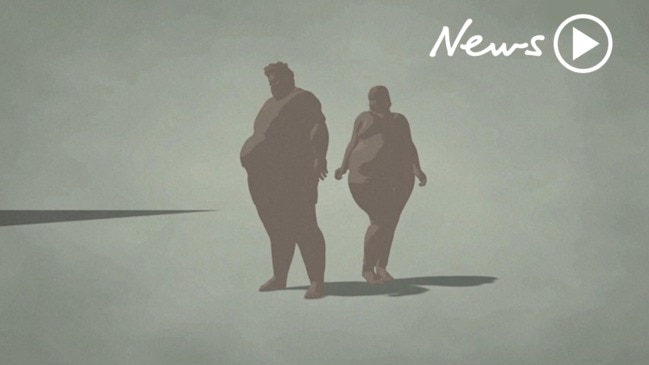
Illness
Don't miss out on the headlines from Illness. Followed categories will be added to My News.
AUSTRALIA’S obesity crisis has now hit preschoolers with one in five 2 to 4-year-olds now classified as overweight or obese, a major new government report has revealed.
Today’s toddlers are twice as likely to be obese (9 per cent) as children of the same age in 1995 (4 per cent) and it’s because our food portion sizes have grown by 66 per cent.
Public health groups are calling for a tax on sugary drinks and restrictions advertising junk food to children to try and control the problem.
The situation for oldies is even worse.
OBESITY: The big fat lie we’re telling ourselves
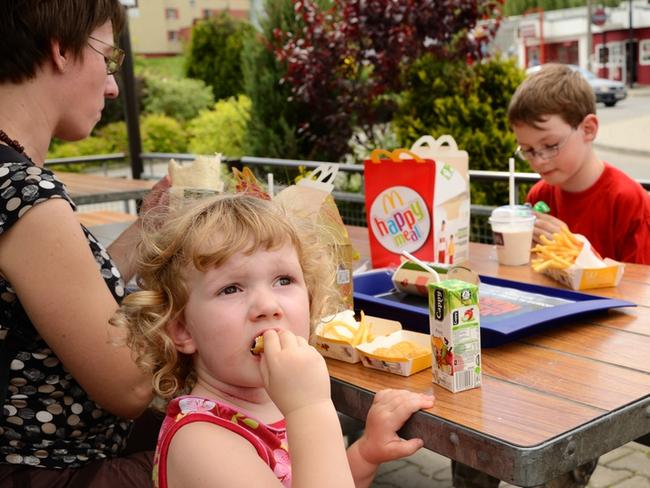
An astounding eight in 10 women aged over 55 have a waist circumference that puts them at risk of major health problems, the Australian Institute of Health and Welfare’s obesity stock take reveals.
But its young adults aged 18-21 who have porked up the most in recent decades.
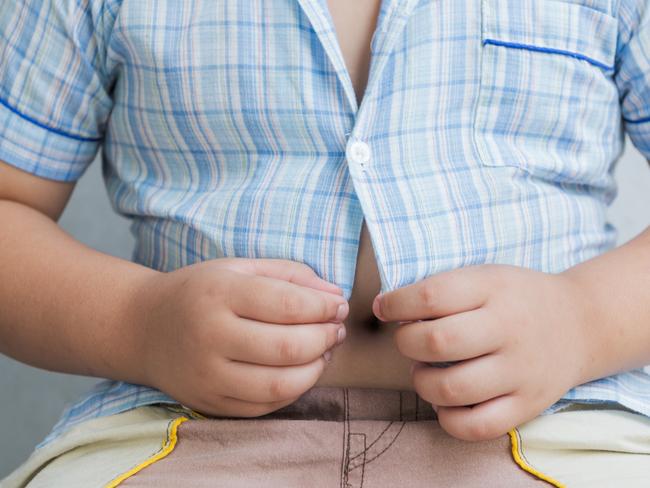
Seventeen per cent of those born in 1994–1997 were obese at 18–21, more than double the proportion of those born in 1974–1977 (7 per cent) at the same age.
Almost two-thirds (63%) of Australians aged 18 and over are overweight or obese and men have higher rates of overweight and obesity (71 per cent) than women (56 per cent), the AIHW says.
Internationally Australia now has the fifth highest obesity rate in the world at 28 per cent of the population aged 15, behind the United States of America (38 per cent), Mexico (33 per cent), New Zealand (32 per cent), and Hungary (30 per cent). Japan has the lowest rate of obesity (4 per cent).
People from lower income backgrounds and those living in regional areas are more likely to be overweight and obese, the report shows.
And the reason we’re getting fatter is the portion sizes of the food we eat is getting bigger and we’re exercising less.
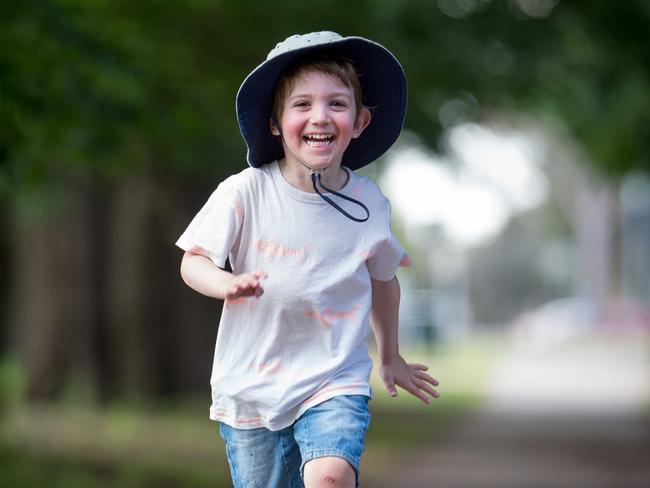
There has been a 66 per cent increase in calories in the average portion of common foods like pizza, cake, sausages, cereal bars, processed meats, ice cream, and wine.
In 2014–15, nearly half all adults did no or not enough (150 minutes a week) exercise.
And sitting is on the rise.
In 2014–15, Australians spent an average of 34 hours per week sitting at leisure, up from 31 hours per week in 2011–12.
The consequences of our growing waistlines are alarming with the financial cost estimated at $8.3 billion a year —primarily due to lost productivity ($3.6 billion), health system costs ($2 billion or 24%), and carer costs ($1.9 billion or 23%) .
Overweight and obesity among adults increases a person’s risk of cancer, heart disease, asthma, back pain, kidney disease, dementia, diabetes, gallbladder disease, gout, and osteoarthritis.
Overweight and obese children are also more likely to become obese adults, and to develop chronic conditions at younger ages, including cardiovascular disease and type 2 diabetes.
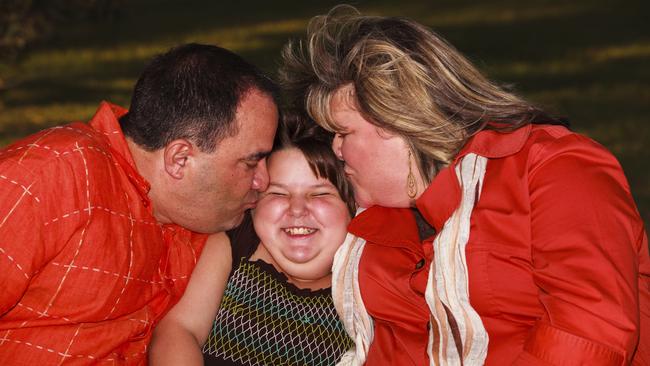
The report says compared with people with a normal BMI the life expectancy of those with class I obesity was reduced by 2 to 4 years, and by 8 to 10 years for those with class III obesity.
In 2014–15, more than 124,600 procedures related to weight-loss surgery were billed to Medicare at a cost of $62.8 million.
The report says the prevalence of most severe stages of obesity has risen over recent decades, doubling from 5% to 9%.
Based on waist circumference, adults at every age in 2014–15 are now significantly more likely to be obese than adults of the same age 20 years earlier.
Originally published as One in five Aussie kids are now overweight before they start school


